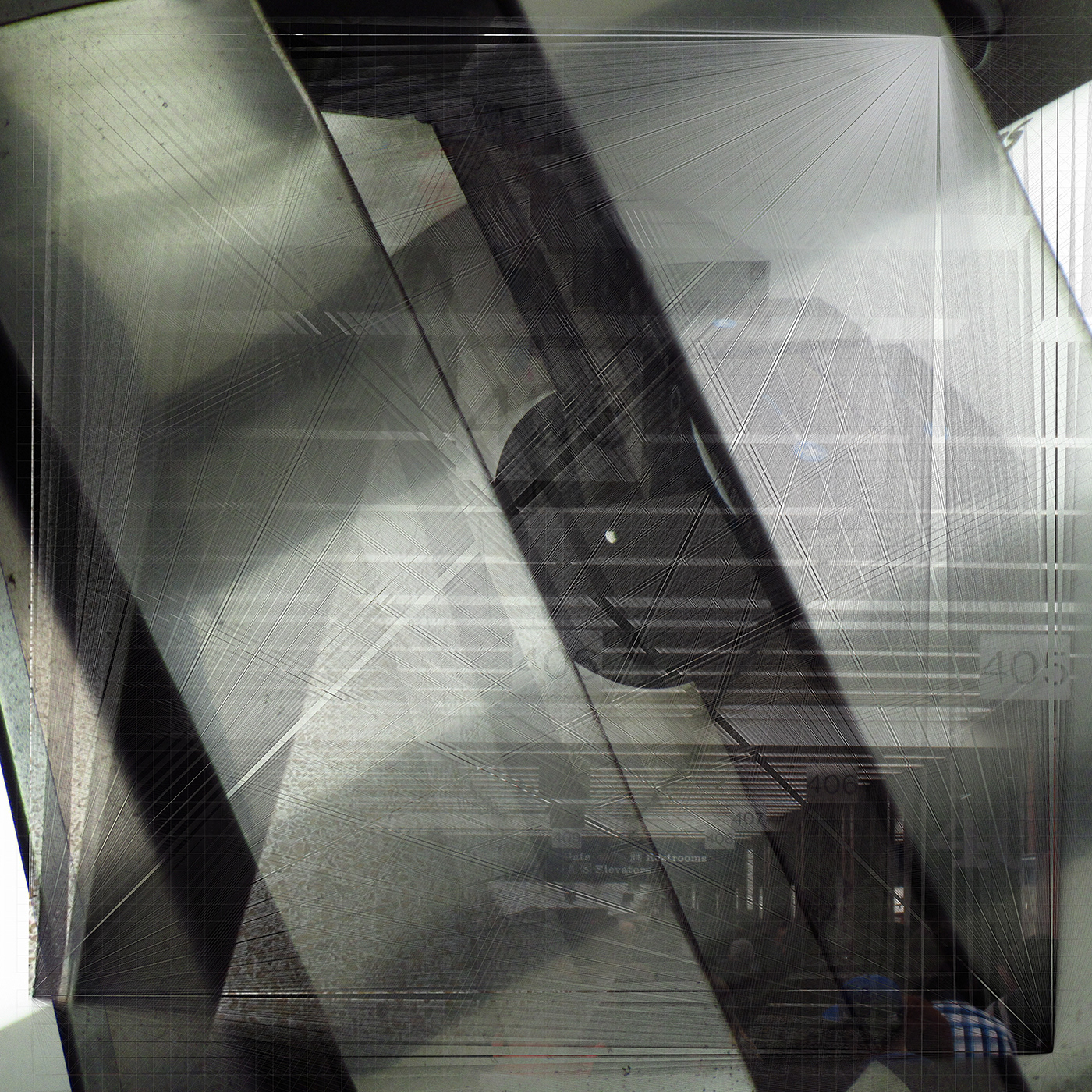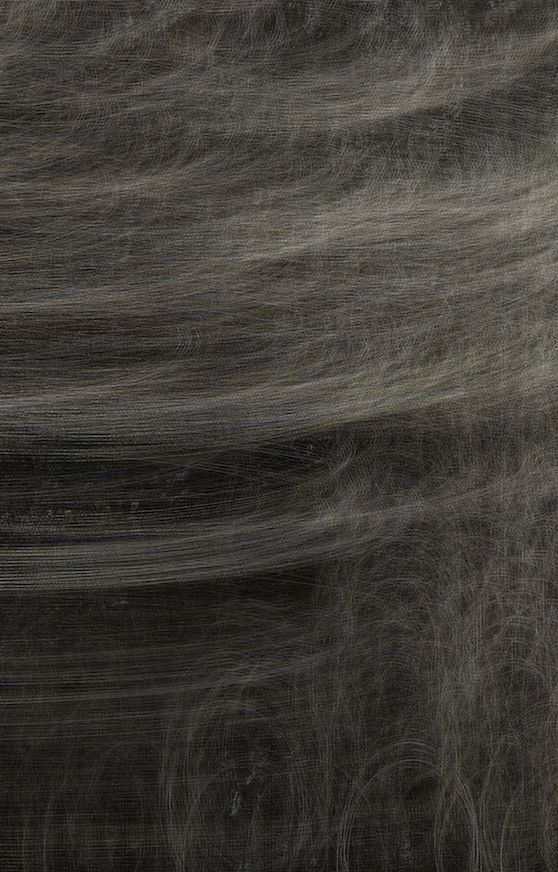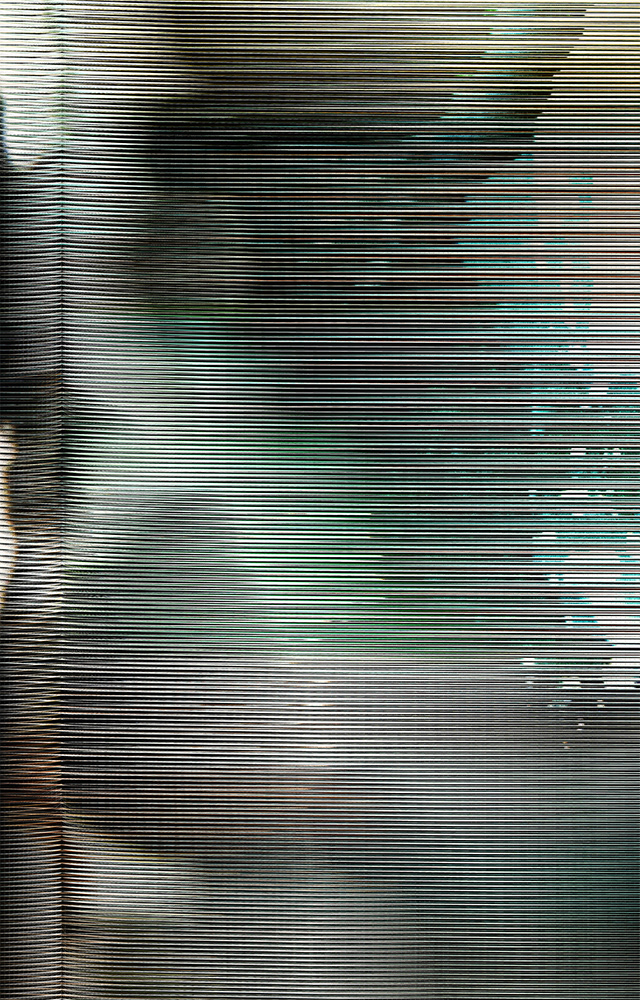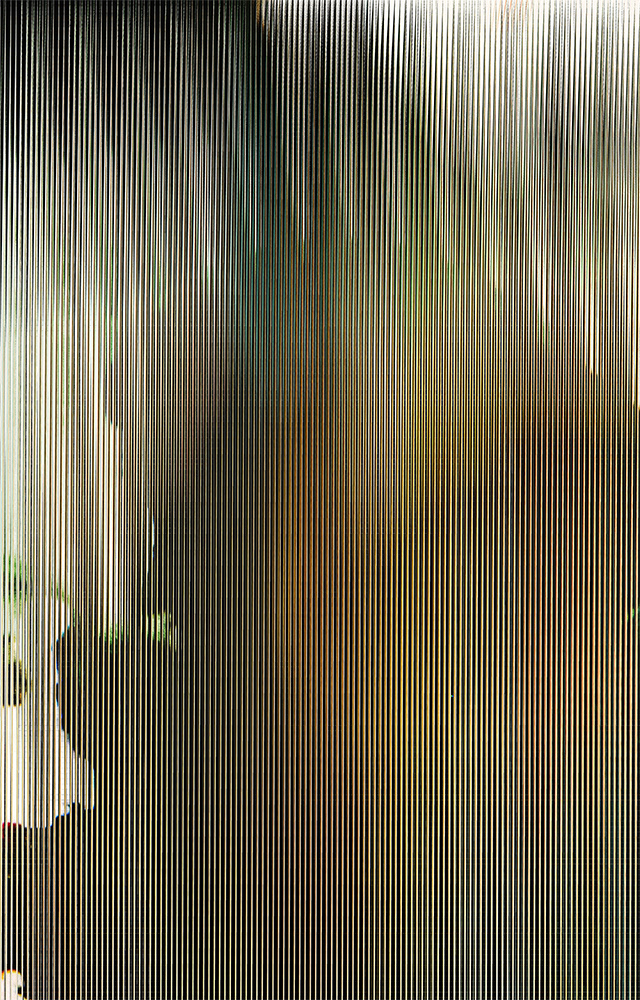DataSpaceTime's Computer Drawings are produced using the artist's custom drawing program which leverages the c-based "Graphics Draw" or GD Library. Originally released in 1994, the GD Library provides functions for rudimentary image manipulation. DST's variable algorithm analyzes an image's color profile and produces arcs, ellipses, and polygons based on a mix of random and manually selected parameters in the program. The original photograph or custom gradient acts as a primary document, a data source for the drawing that is revised or transposed.
These computer drawings focus heavily on the accumulation of marks, relying progressively less on the original readable, photographic image. This body of work is a departure from the visual fragmentation explored in earlier projects. Instead they investigate the process of obscuring or concealing a surface image by replacing and re-structuring it with complex textures produced through repetition and controlled unpredictability. This reductive process compromises the images content to progressively emphasize native color value and focus on the qualities of line and pixel, the fundamental components of the simulated drawing medium.
The photographs chosen as the raw material for these drawings act as a memory bank for the final work as they provide the primary artifact to which the layers of the drawing refer back. Much like recorded memory provides complex layers of meaning to personal images, these drawings accrue marks in similar ways. Each drawing is the final accumulation of a relational process between the artist's subjective expression and the program's computational contributions.
Computer drawings are inkjet printed on archival Hahnemuhle fine art papers.

Title : dimensions

Title : Dimensions





title : dimensions








